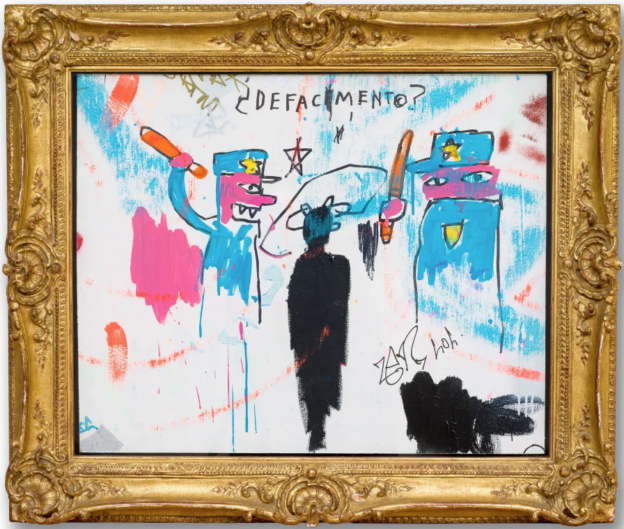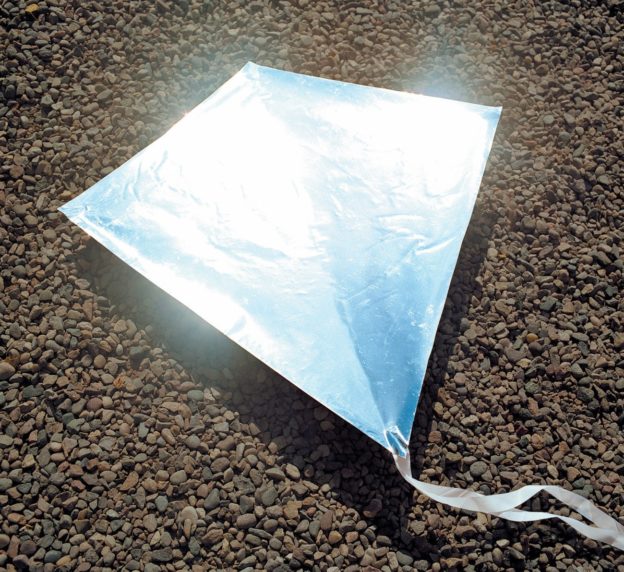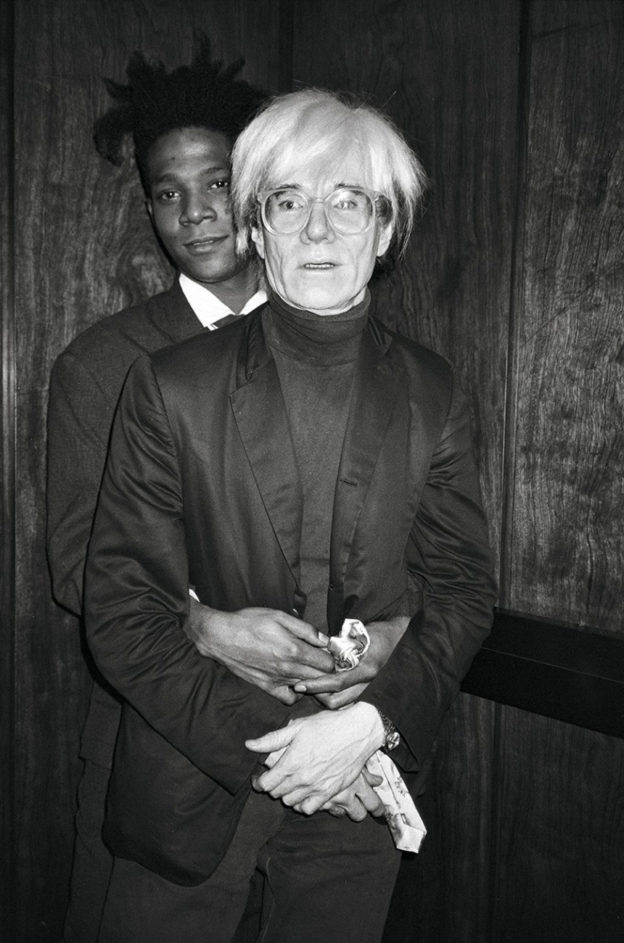My name is Jack. Well, my mother called me Jack, everybody that cares about me calls me Jack. But I work under the name Sabrina. And all the queens call me by the name Sabrina, whenever I see them. I go up to this queen and say, “What’s your name?” The queen says, “Monique.” And you say, “That’s marvelous darling, but what was your name before?” And the queen will look at you straight in the eye and say, “There was no before.” — Jack Doroshow, aka Flawless Sabrina, in THE QUEEN


It’s the late 1960s and national representatives of a burgeoning countercultural movement are gathered in Manhattan for their annual conclave. These young men, however, are not protesting the war in Vietnam but—in at least one case—eager to enlist, not burning the flag but waving it in a musical number. Led by Doroshow—and armed with maquillage, Dexedrine, miles of wig tape, costumes by Mme. Berthé, and a devotion to retrograde Hollywood archetypes and the grand gesture—the “girls” have taken over a dive midtown hotel to prepare for the 1967 Miss All-American Camp Beauty Pageant, the country’s preeminent drag contest.
Interviewed by judges Larry Rivers and Terry Southern (Andy Warhol is also in the house), there is—all things considered—a minimum of shade-throwing, at least during pre-pageant prep. But once he action moves to the main event at Town Hall, the festivities come to a raucous end when runner-up Crystal LaBeija reads everyone within earshot to dirt.


Thanks to director Frank Simon, this was all captured on 16mm film and released as THE QUEEN in 1968. Thanks to a team of film preservationists, the Outfest UCLA Legacy Project, and Kino Lorber, we can now watch this peerless time capsule—previously seen only in glimpses during the opening titles of the first season of Transparent—in its entirety.


Through August 8.
Downtown Independent
251 South Main Street, Los Angeles.
See “Flawless Sabrina,” interview by Michael Bullock, Apartamento 19 (Spring-Summer 2017), 272–287.


The Queen, from top: Jack Doroshow, aka Flawless Sabrina; backstage (2); Richard, aka Harlow (3); Kino Lorber poster; Doroshow; the gown competition finale (2). Images courtesy and © the filmmaker, the performers, and Kino Lorber.





































